Which headless CMS is right for you in 2023?

Caitee Smith
April 18, 2023
5 minute read
April 18, 2023
5 minute read
What is a headless content management system?
How does it differ from a traditional content management system? What are the benefits and disadvantages of using a headless CMS over a traditional one?First, let’s review what a traditional content management system is.
A content management system is software built for creating, managing, organizing, classifying, and implementing your content on a website or app.
When you think of a traditional CMS, what do you think of? WordPress? Drupal? Joomla? Sitecore? SharePoint?
What are some of the benefits of a traditional CMS?
- CMSs make it easy for non-developers to create and manage websites for companies, both small and large.
- Collaboration is made easy and accessible from the platform.
- Traditional CMSs offer some powerful SEO tools and plugins.
- Most, if not all, offer a certain level of security, like Content-Security-Policy headers.
- And they’re pretty cost-efficient, even for larger companies.
Now that we know what a traditional CMS looks like let’s compare it to a headless CMS.
While a traditional CMS is an all-in-one system, a headless CMS decouples content from the presentation layer (i.e., the front end of a website, app, etc.) It allows users to manage content in one place but deploy it across any digital channel. Headless offers the freedom to build instead of being locked into one front end.
Let’s dive deeper into the benefits of a headless CMS.
- The omnichannel experience is improved since content can be delivered across many platforms.
- Headless is easier for developers due to the freedom and flexibility of not being tied to whatever framework or language a traditional CMS uses.
- Digital presence is future-proofed by easily adopting a new technology instead of being stuck with an outdated one.
- Content is made more reusable and scalable.
- The learning curve is lower due to not learning an entire traditional CMS architecture, although front-end knowledge is necessary.
- Headless is faster and more agile. Traditional CMSs are monolithic architectures that are inherently bulky and slow.
What are your headless options?
In 2023, your options are endless.1. Strapi
Jamstack’s current highest-rated headless CMS is Strapi."Strapi is the leading open-source headless CMS. It’s 100% JavaScript, fully customizable, supports TypeScript, and is developer-first. It saves API development time through a beautiful admin panel anyone can use."
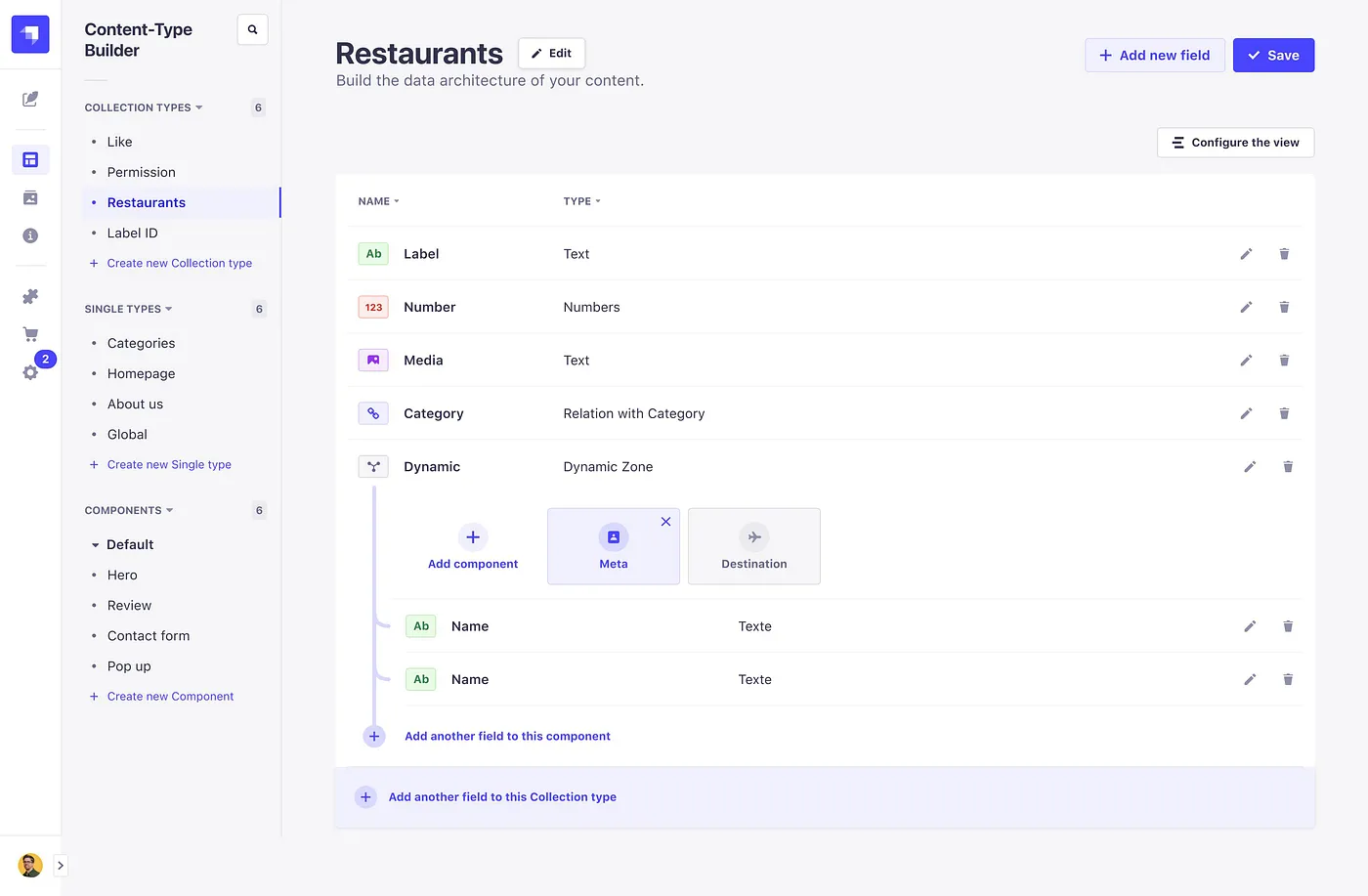
2. Sanity
Sanity.io is the platform for structured content. It comes with an open-source editing environment called Sanity Studio that you can customize with JavaScript, and a real-time hosted data store. Sanity has generous included quotas — so getting started is free.
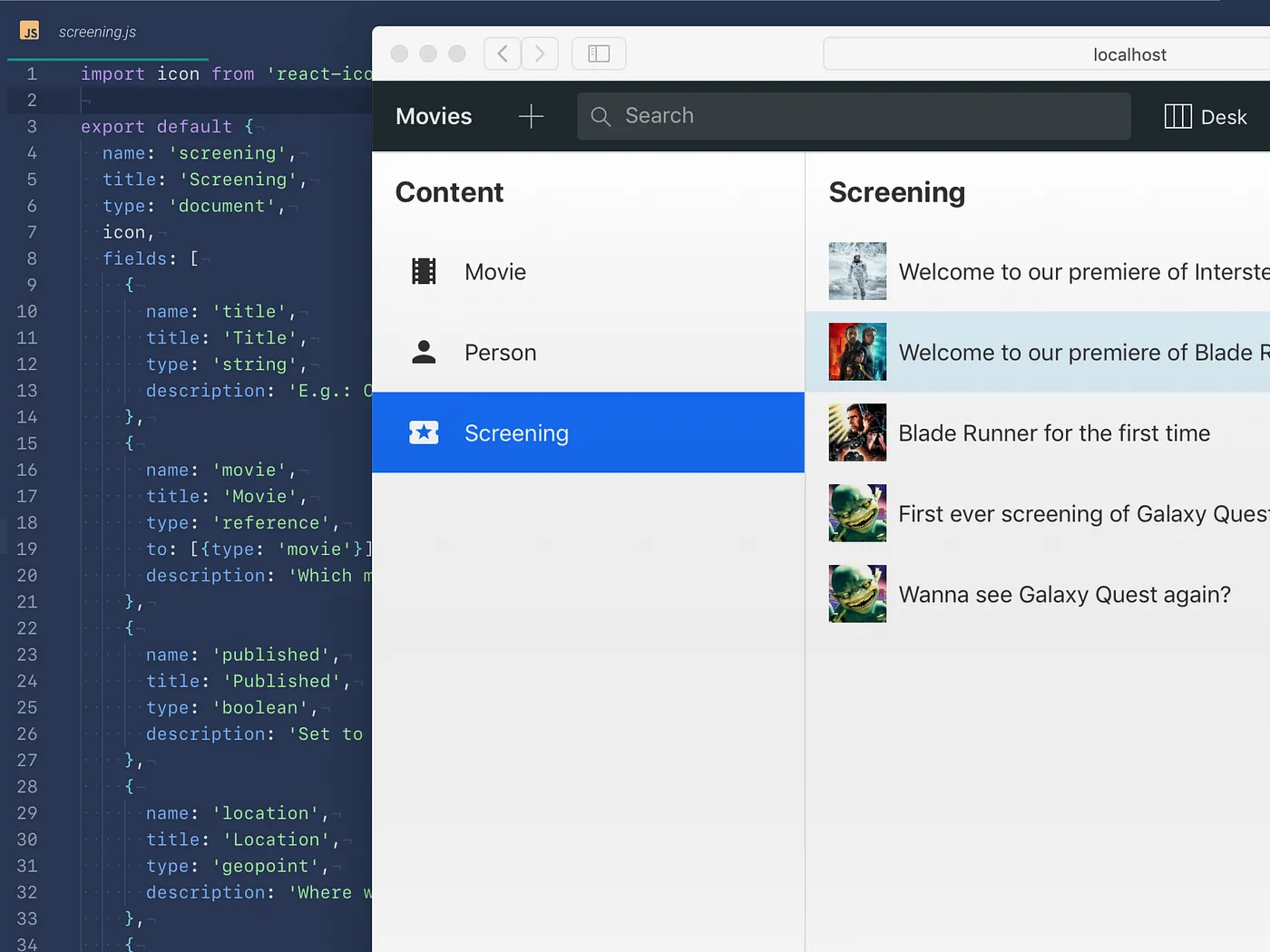
3. Craft CMS
Craft is a flexible, user-friendly CMS for creating custom digital experiences on the web and beyond.
It features:
- An intuitive, user-friendly control panel for content creation and administrative tasks.
- A clean-slate approach to content modeling that doesn’t make any assumptions about the content you need to manage.
- An auto-generated GraphQL API that can be consumed for building headless applications.
- A fast and flexible templating system based on Twig for building traditional websites.
- A powerful ecommerce platform for building bespoke ecommerce experiences.
- A built-in Plugin Store with hundreds of free and commercial plugins.
- A first-party Gatsby source plugin.
- A robust framework for module and plugin development.
- An active, vibrant community.
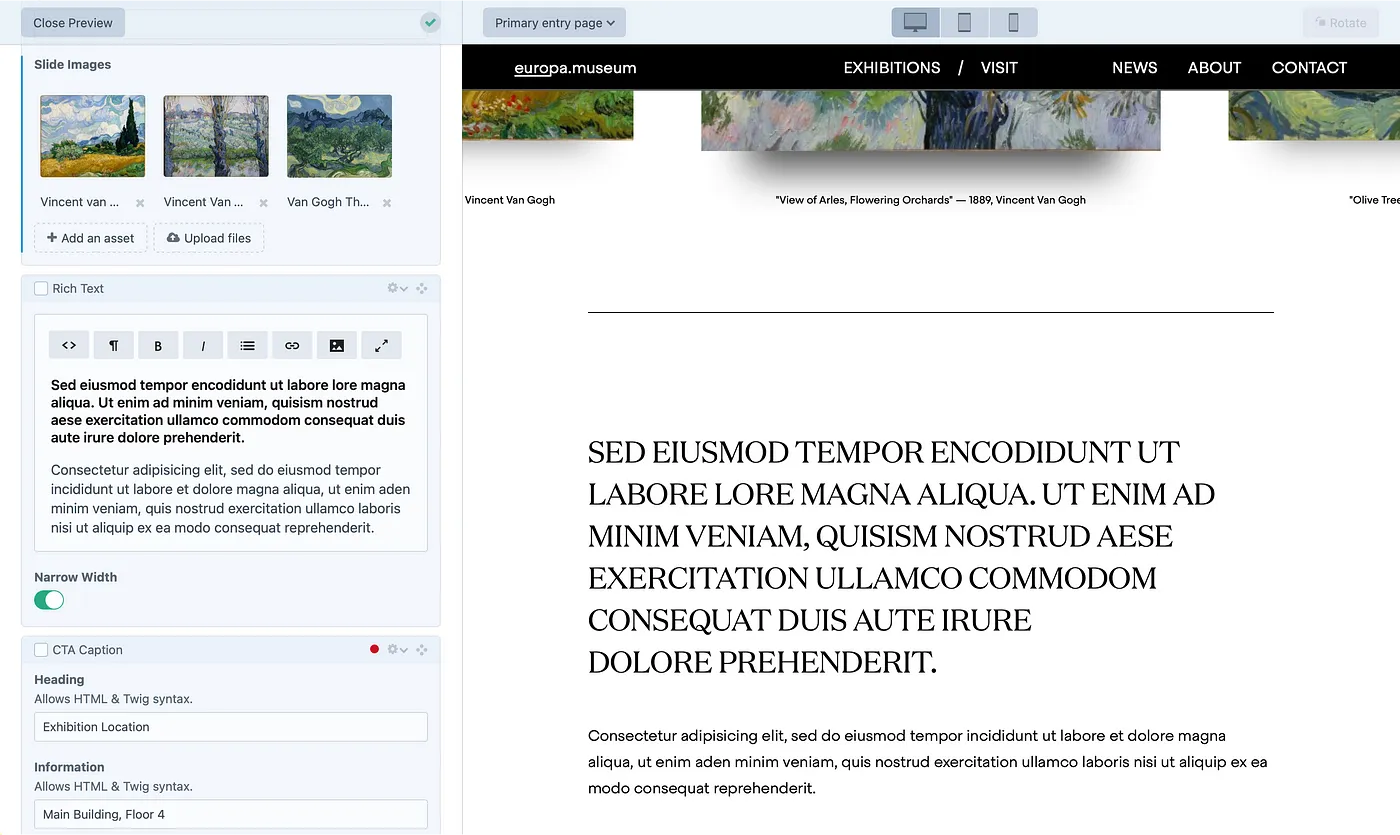
4. Plasmic
Plasmic is a headless CMS with a powerful no-code visual builder to rapidly create pages and free-form content.
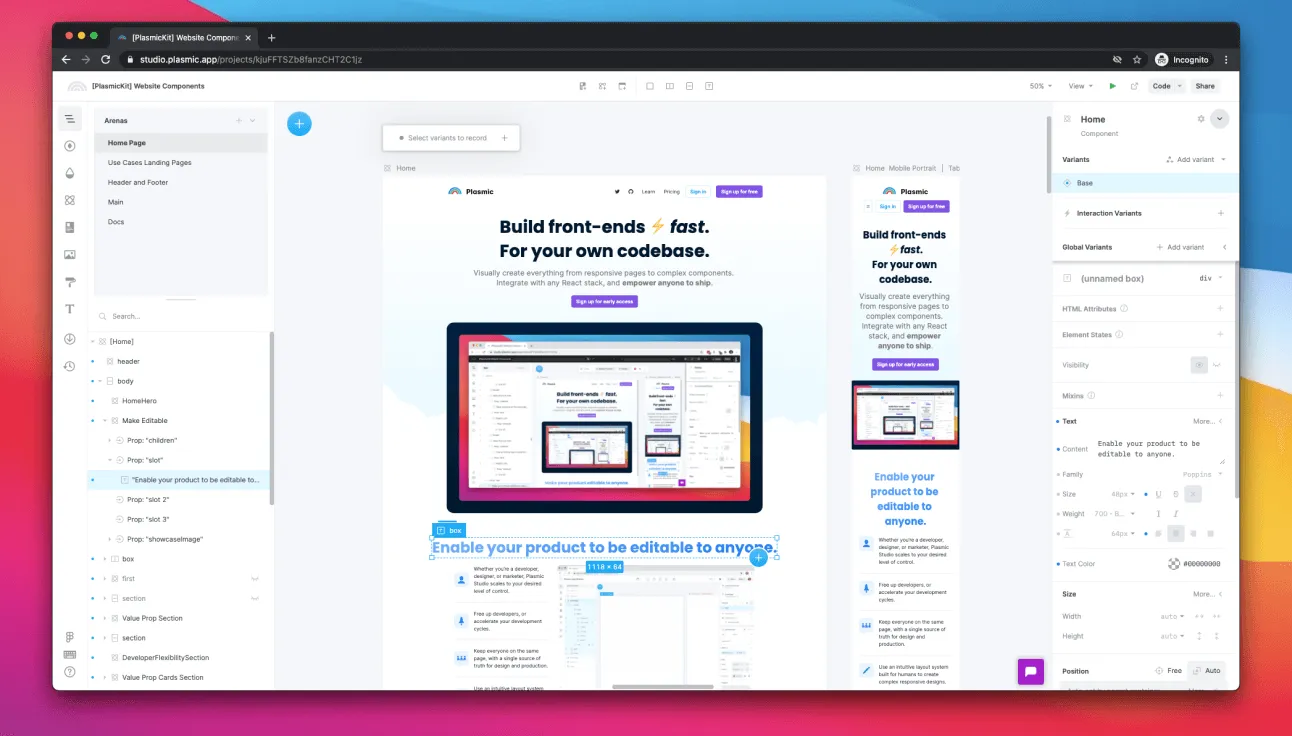
5. Umbraco Heartcore
Umbraco Heartcore is a headless CMS with a strong core. This means you will get a backend and editor experience that makes working with content delightful, structured, logical and scalable.
The strong core allows you to worry less about time-consuming administrative tasks and lets you focus on what’s important: creating great content and displaying it beautifully on any frontend you build.
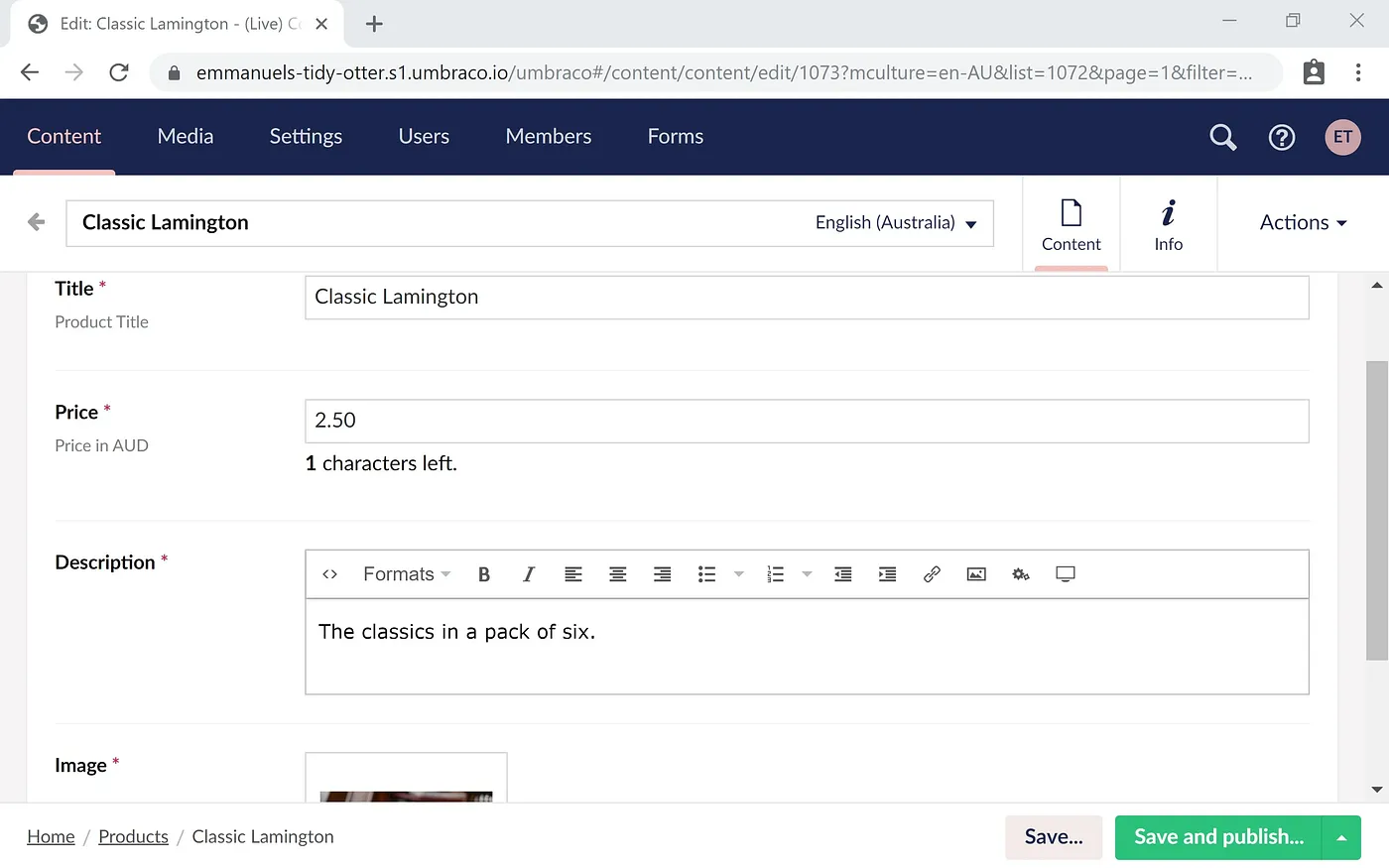
6. Contentful
Contentful
Contentful is a content management developer platform with an API at its core.
API-first, not browser-first
All the created content is accessible via an API. Bring your content anywhere, display it as you like.
Scalable cloud, not on-premises setup
Your content is stored on our servers. They are fast, safe, secure, and we take care of all the maintenance.
Content-centric, not page-centric
Organize and structure the content your way. Build a custom content model instead of dealing with fixed, predefined templates.
Just the content, no presets or templates
Contentful delivers the content, and you design around it. We separate the content from presentation — the most flexible way.
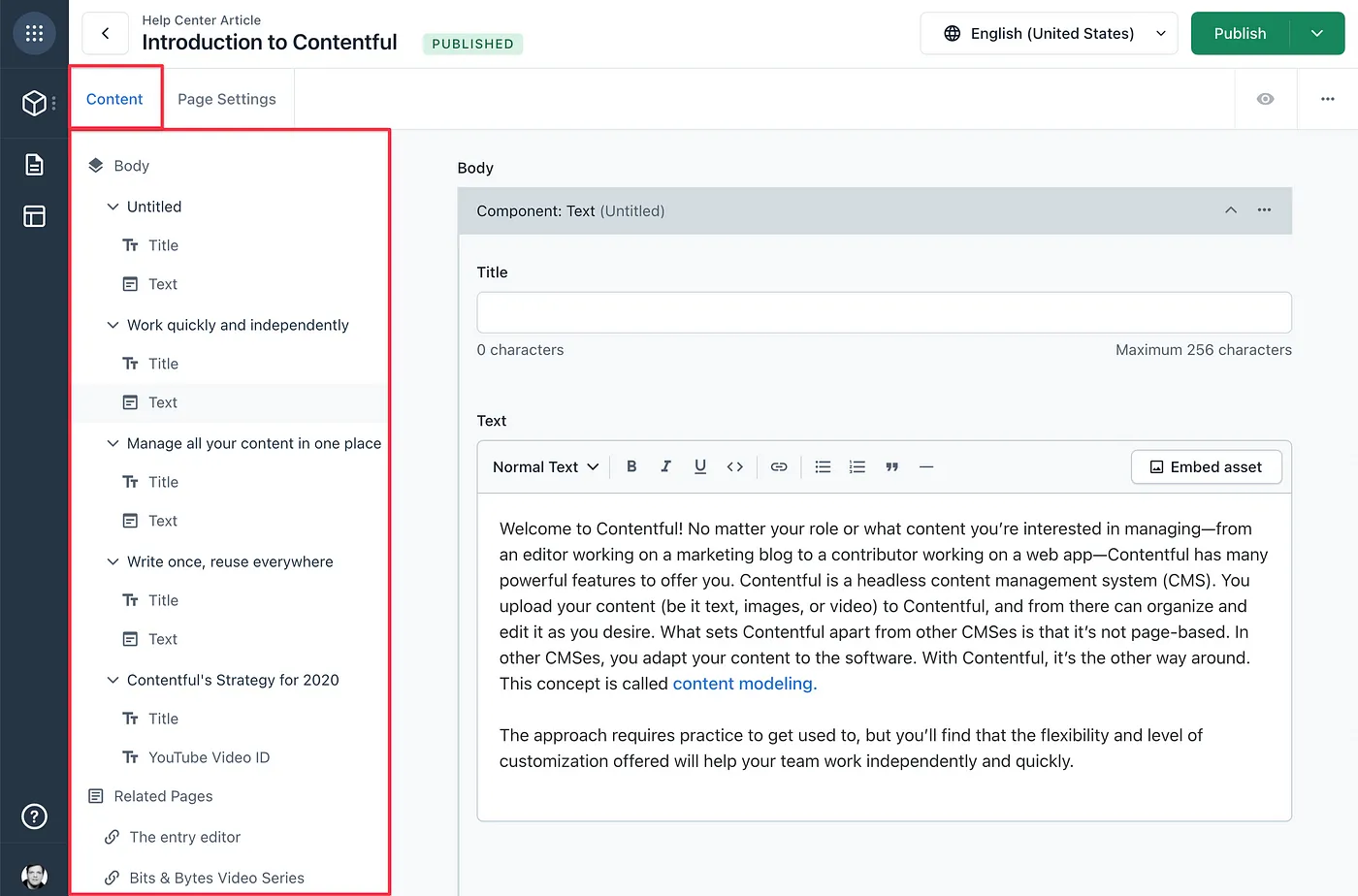
7. Contentstack
Experience Extensions
Easily integrate with your preferred marketing technologies (Brightcove, Marketo, Salesforce, Optimizely, etc.) without being bound to a preset of tools.
Workflows
Set up and define workflows and approvals that map to your business processes for content management and publishing.
Modular Blocks
Allow content editors to build and edit dynamic pages without needing a developer’s help.
Multiple Environments
Create unlimited content environments, such as development, testing, staging or production, to map to your content production process.
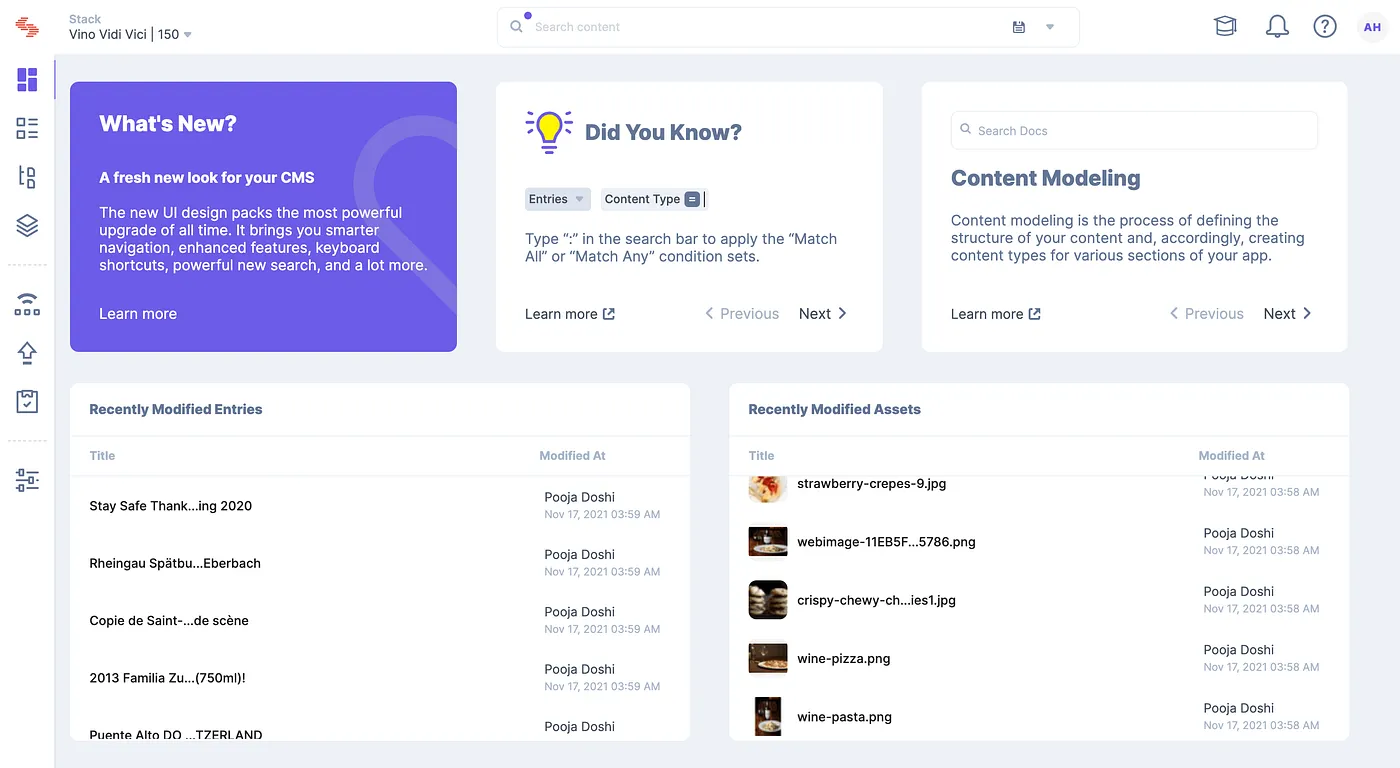
There are so many headless options to choose from, but these are a few to get started. Which headless CMS would you choose? Have you worked with a headless CMS before? Do you think headless is better than traditional, or vice versa? Let me know!